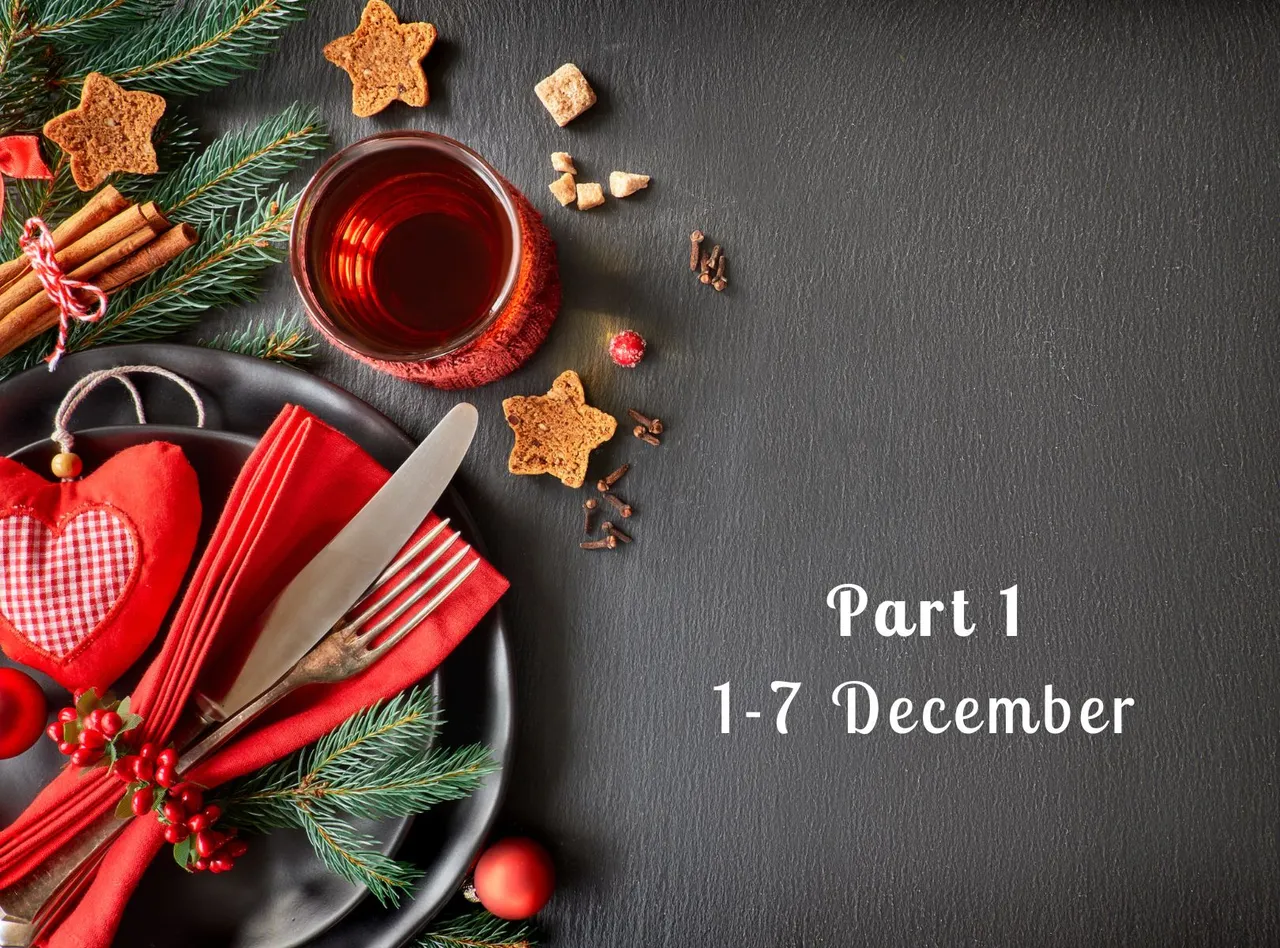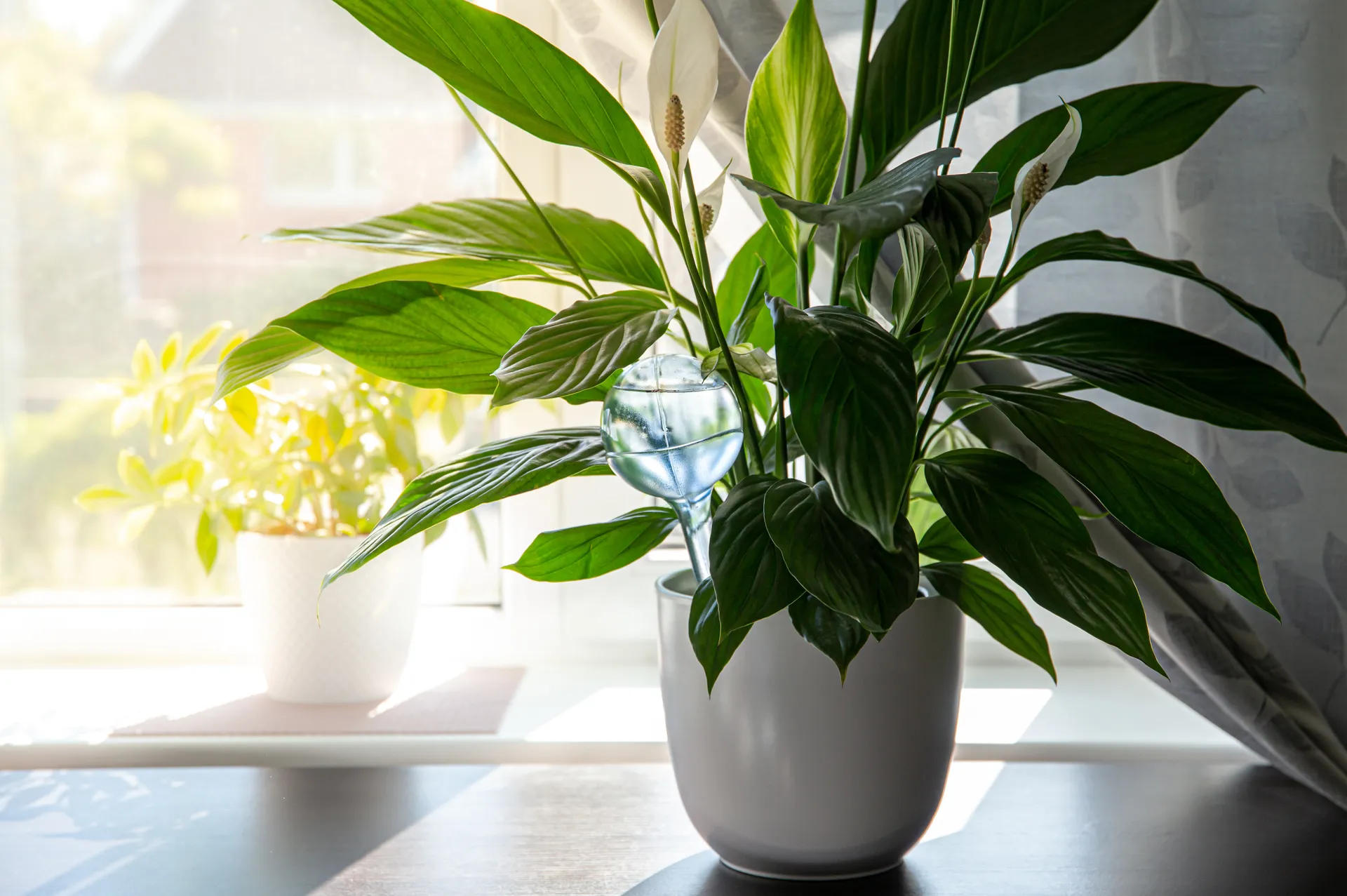June gardening tips
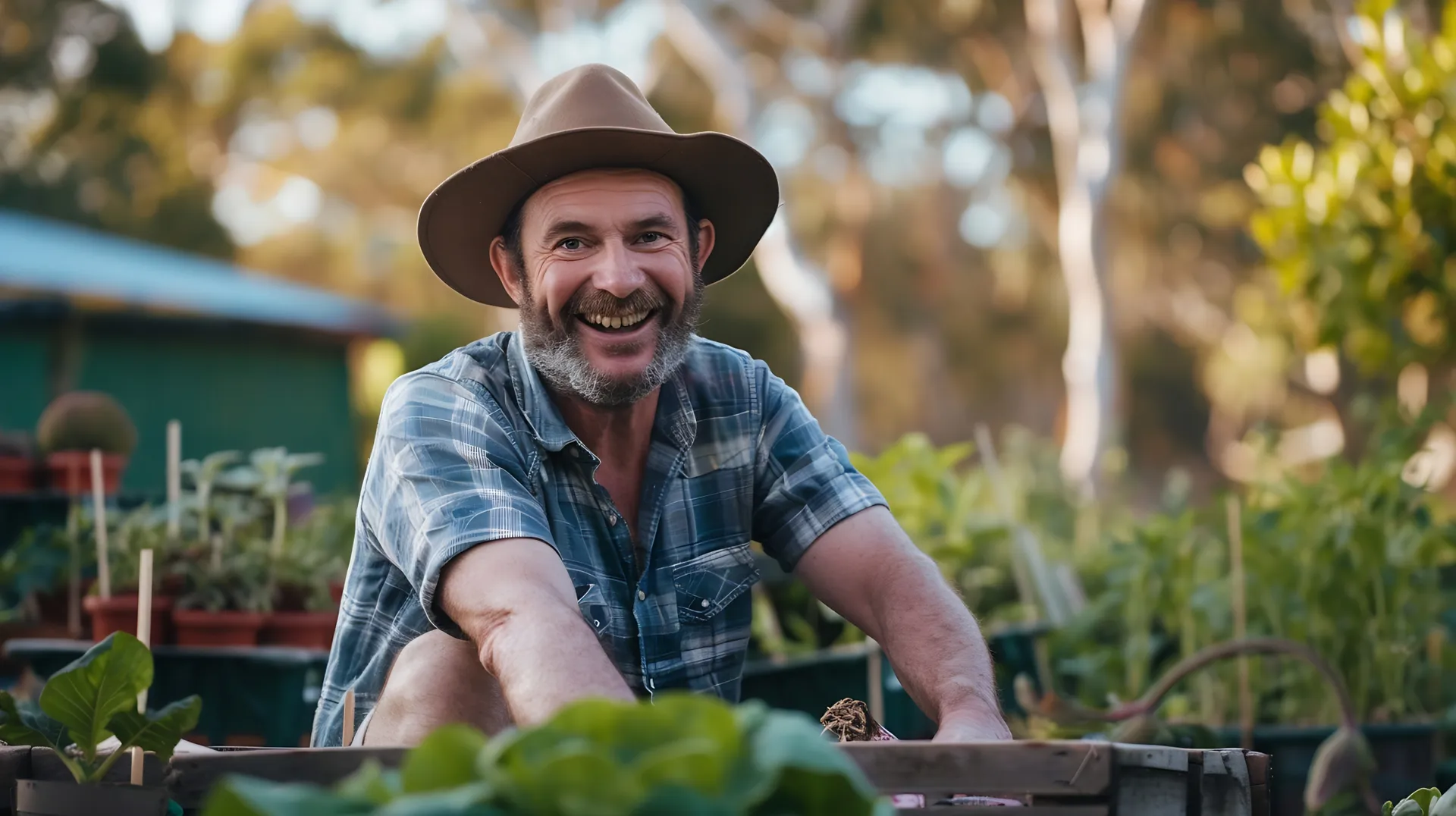
June might be chilly, but it's a great time to get your hands dirty and prep your garden for a productive season. Whether you're sowing seeds or planting seedlings, there's plenty you can grow right now.
Anne Gibson is The Micro Gardener and each month she shares her top tips, especially suited to our Sunshine Coast climate, helping you succeed in the garden.

June is one of the best months for sowing winter crops
We only have a short winter (June/July), so make the most of this time by growing cool-season vegetables and herbs. Sow little and often (succession planting) for a continuous harvest of fresh ingredients.

🔍 Observe your microclimates
If your garden has more shade in winter with the shorter days, remember you can still plant a wide variety of shade-tolerant edibles.
- 🌤️ Daylight hours are shorter in winter, so observe your sun/shade areas and prioritise plants that need full sun positions (6 hours of direct sunlight/day)
- 🛒 Move containers around on portable trolleys or castors to catch the sun during the day, if you have limited sunlight or consider planting vertically
- 🌳 Consider where taller plants cast shade on others that might suffer due to inadequate sunlight
- ✂️ Prune plants to let in more light as necessary.
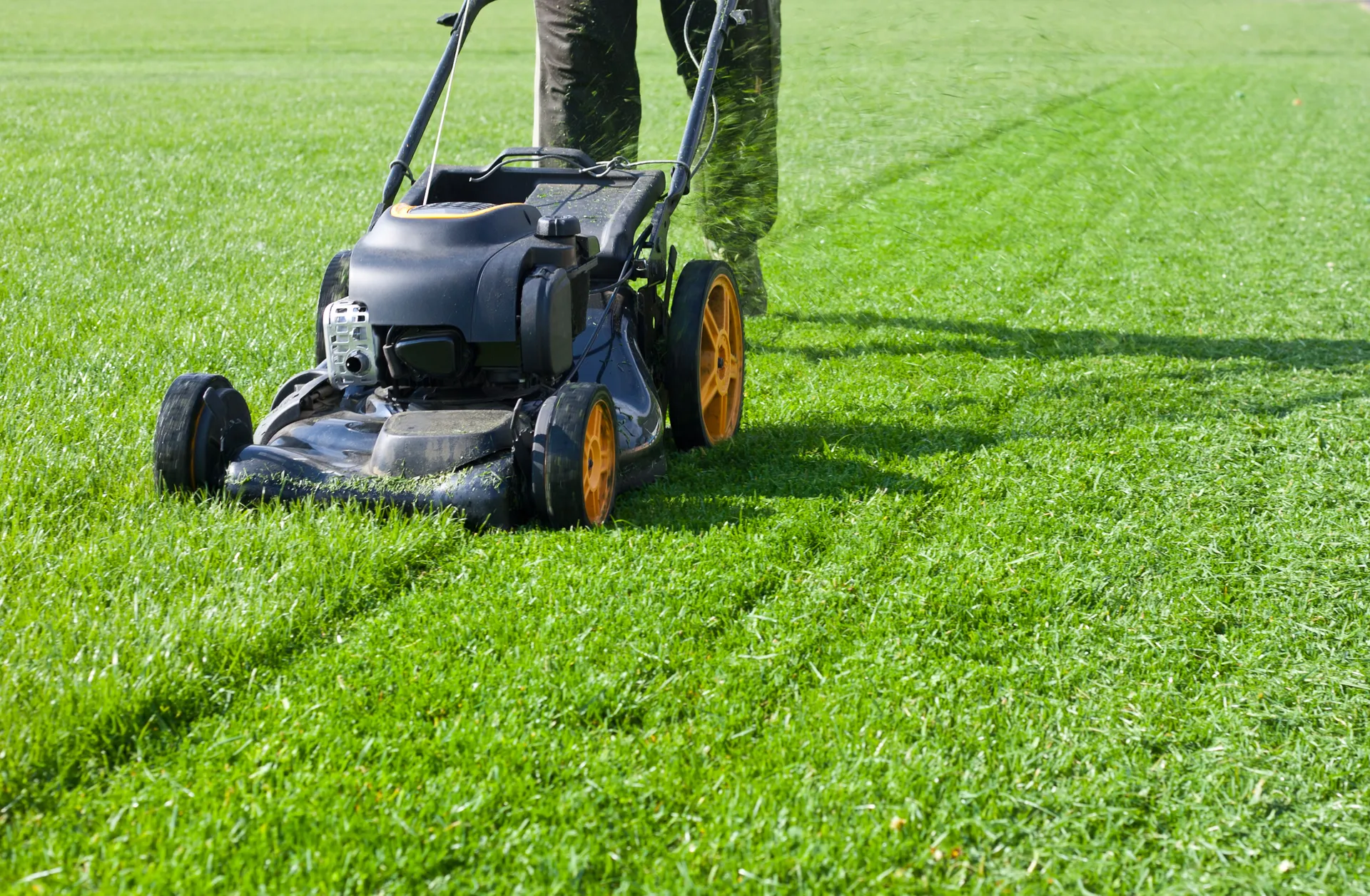
🌾 Healthy Lawn
- While you might enjoy not having to mow as often, lawns may struggle to stay healthy over winter.
🌱 so you’ll likely see more weeds emerging. Keep on top of the mowing and whipper snipping to avoid seed heads forming - 🪴 top dress with a light layer of compost and rock minerals, watered in with liquid seaweed and diluted Epsom salts
- 🌿 this will encourage strong root development and a thicker thatch to minimise weeds
- 🌀 leave the catcher off your mower to self-mulch and return nutrients to the soil for a healthier lawn
- 🔍 ID edible weeds that pop up!
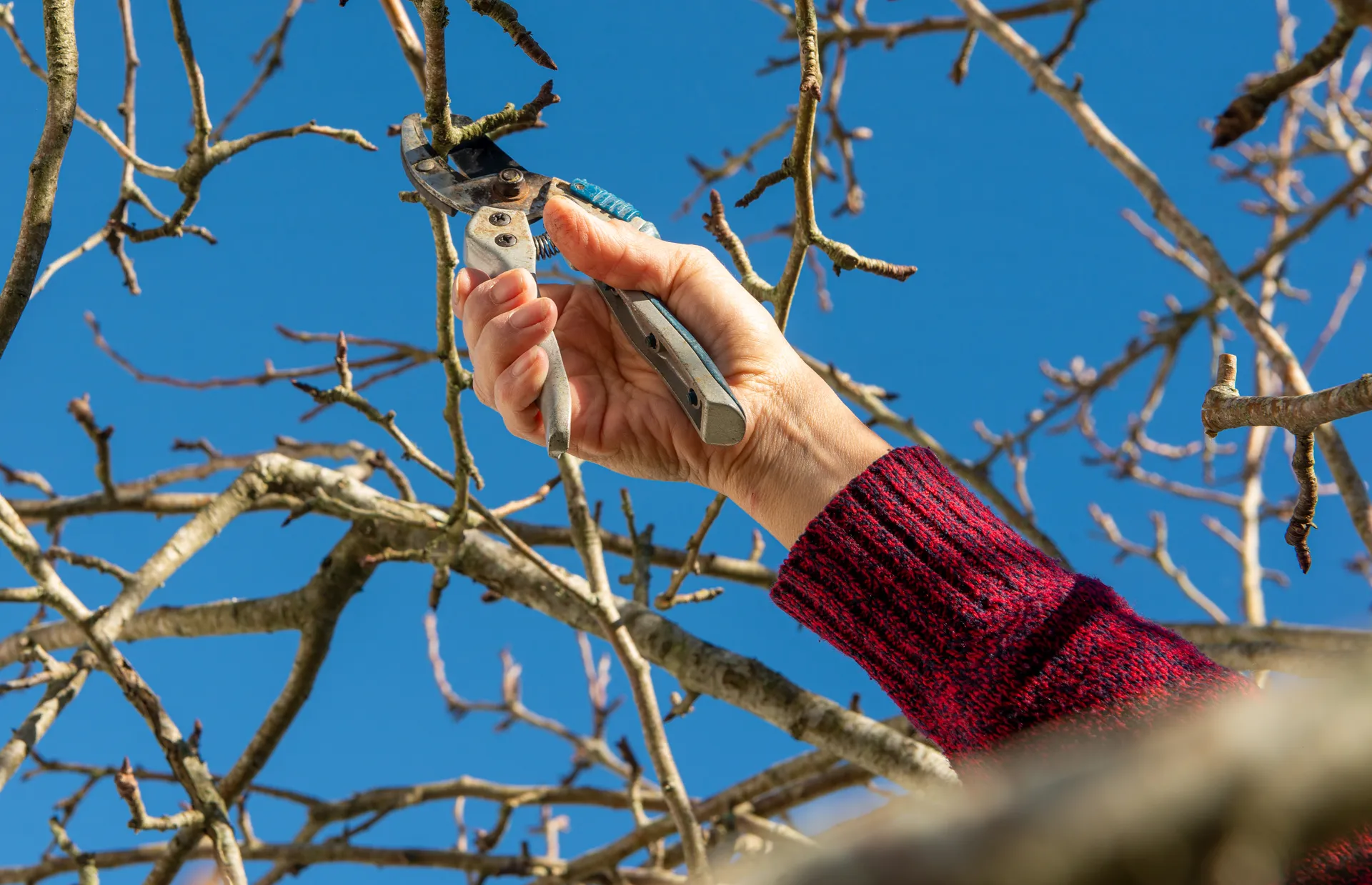
✂️ Pruning Trees
We have a short window to prune our citrus and fruit trees when they become dormant for a brief period
- 🍊 check if your trees have finished fruiting or only have a few last-season fruit left
- 📅 June–July is the time to shape them and prune back as needed for next season’s growth
- ☀️ open up the canopy for improved sunlight and ventilation
- 🪓 remove dead, diseased or damaged branches and any growing in the wrong direction (upwards or crossing over)
- ⏳ if you miss this critical timing, you’ll have to wait until next year
- 🌳 if you want to plant more fruit trees, now is the time of year to source bare-rooted varieties to save money on your urban orchard.

💧 Watering Plants
As plants don’t grow as strongly over the cooler months, they don’t have the same water requirements.
So adjust your watering to avoid wasting this precious resource.
- 💦 save rainwater any way you can because winter typically doesn’t get as much rain and every drop counts
- 🌱 add compost and worm castings for nutrient-rich soil and enriched potting mix for food crops
- 🌬️ protect crops from wind that can dry them out quickly.

🧤 Container Gardens
Container gardens likely need a top-up of fresh potting mix before new plantings.
- 🪴 Follow my potting mix guide to improve bagged potting mix or make your own with easily available ingredients for a long-lasting, moisture and nutrient-holding soil
- 🚫 Lifeless, dry dead dirt won’t grow healthy produce—so invest in your health by focusing on your soil first
🌧️ Tips for Winter Planting
- 🧪 Test your soil before planting to ensure good drainage and pH balance
- 🧤 Use mulch to keep roots warm and suppress weeds
- 💧 Water in the morning to avoid overnight frost damage
- 🌞 Choose a sunny spot—winter sun is precious
🌿 What to Plant in June
Here’s your A–Z guide to what you can plant this month:

a – o
asian greens, asparagus (crowns), beetroot, broad beans, broccoli, brussels sprouts, cabbage, carrots, cauliflower, coriander, dill, endive, fennel, garlic, kale, kohlrabi, leeks, lettuce, mustard greens, onions, oregano
p -z
pak choy, parsley, parsnip, peas, radicchio, radish, rocket, shallots, silverbeet, snow peas, spinach, spring onions, swedes, thyme, turnips, watercress
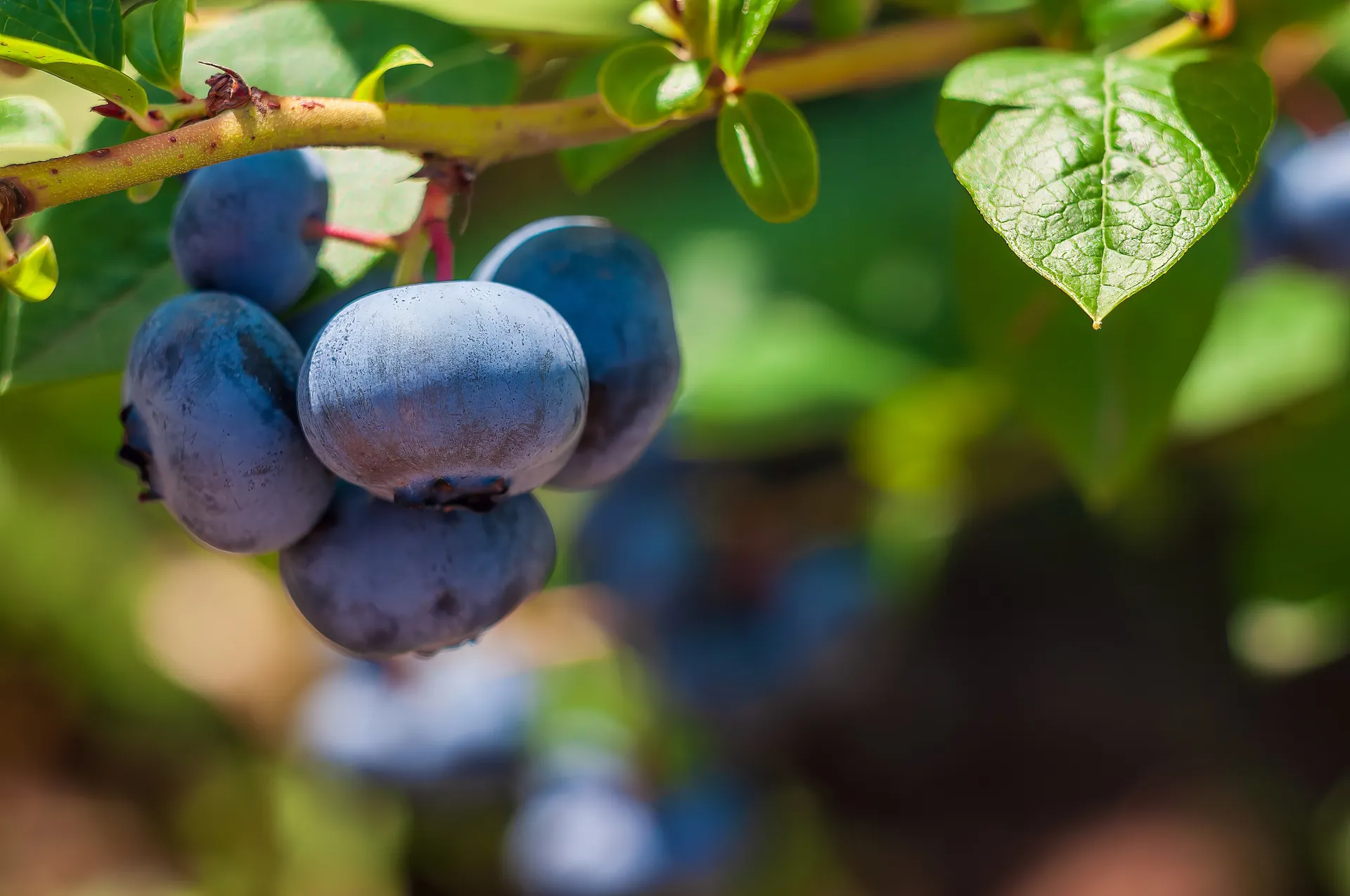
🍇 Fruits to plant
a – o
black sapote, blueberry, carambola, citrus, coffee, feijoa, grape, guava, kiwifruit, mulberry (easy from cuttings taken in the new moon phase), nectarine, olive
p – z
papaya, passionfruit, peach (try tropical and dwarf varieties), pomegranate, strawberry runners
💡 Tip: remove any buds from young fruit trees so they can put energy into growing roots, not fruit in their first year.
Herbs and Flowers
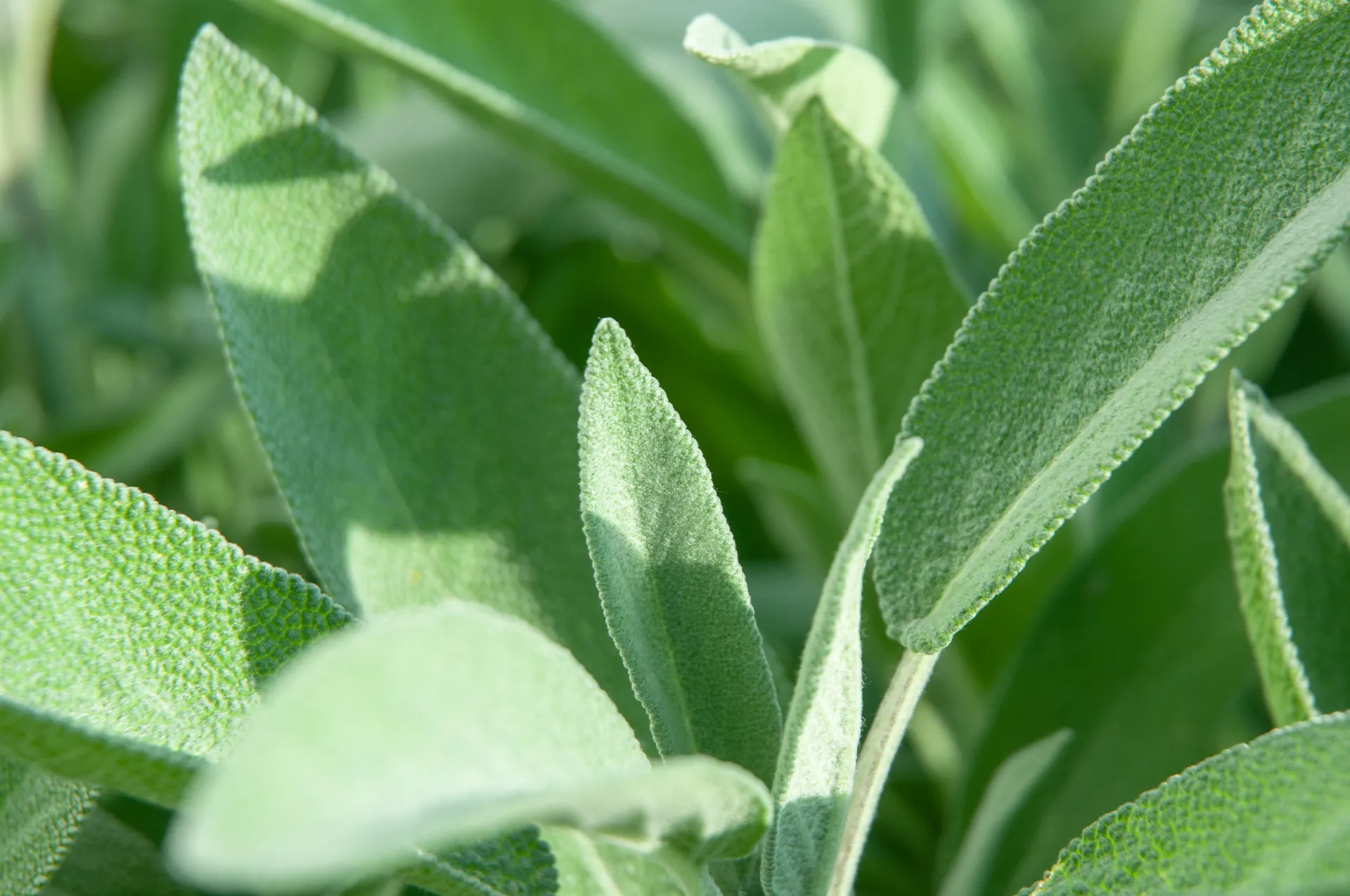
🌿 Herbs to Sow
a – o
American upland or land cress, angelica, borage, calendula, catnip, chamomile, chervil, chicory, chives, coriander (slow bolt), dill, fennel, herb robert, hyssop, lavender, lemon balm, lovage, marjoram, mint, nasturtium, oregano
p – z
parsley, perennial 'sawtooth' or mexican coriander, rocket, rosemary, sage, salad burnet, thyme, watercress, winter savory, winter tarragon
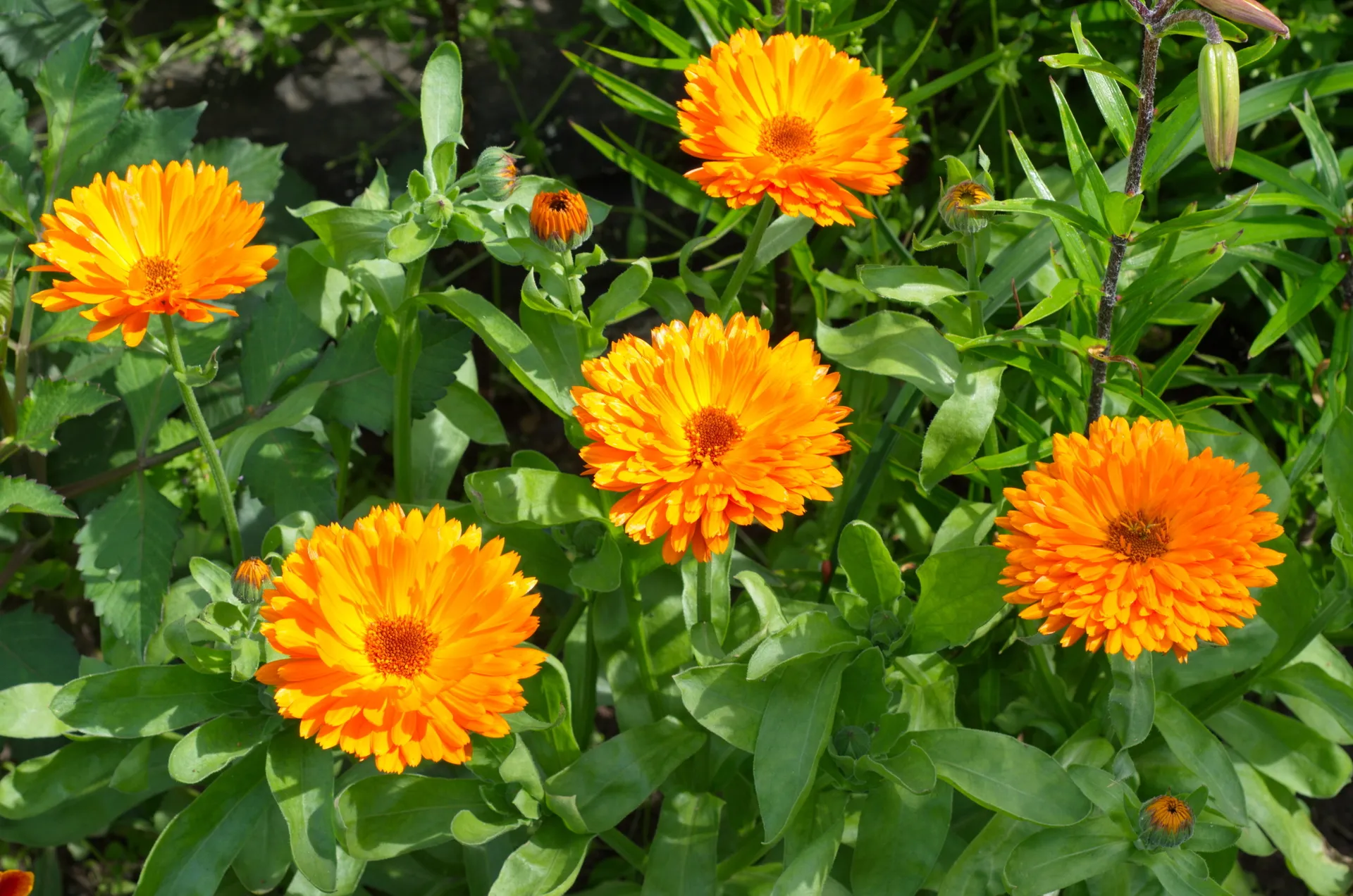
🌸 Flowers to Sow
a – o
calendula, cornflower, dianthus, marigold, lobelia, nemesia
p – z
pansy, petunia, sweet alyssum, phlox, snapdragon, statice, strawflower, sweet pea, viola
Issues to Watch Out For
🐝 fruit fly alert: what to watch out for this winter
Fruit flies are a persistent pest in many Aussie gardens—and they don’t take winter off! If we get a mild season, you might see them earlier than usual, with multiple generations popping up over the coming months. But don’t worry—there are smart, simple ways to stay ahead of them.
🍎 top tips to protect your patch
- set traps early to break the fruit fly life cycle before it gets out of hand
- choose early-fruiting trees to harvest before the worst of the fruit fly season hits
- grow dwarf or compact fruit trees so they’re easier to net, monitor and manage
- use exclusion netting to physically block fruit flies from laying eggs on your crops
💡 A little planning now can save your harvest later. Stay vigilant, and your garden will thank you!
🐛 outsmart garden pests with clever planting
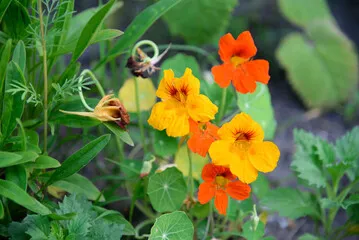
- plant nasturtiums as a sacrificial crop to lure the cabbage white butterfly away from your brassicas. These decoy plants attract the butterflies to lay their eggs in one spot, making it easier to find and remove caterpillars
- interplant land cress or American upland cress as a dead-end trap crop for diamond moth and large cabbage moth caterpillars. These plants contain natural saponins that are toxic to the baby caterpillars, breaking their lifecycle
- use a mix of decoys, exclusion nets, cloches for seedlings, and interplanting to create a strong organic defence system
- this strategy is sneaky, sustainable and super effective.
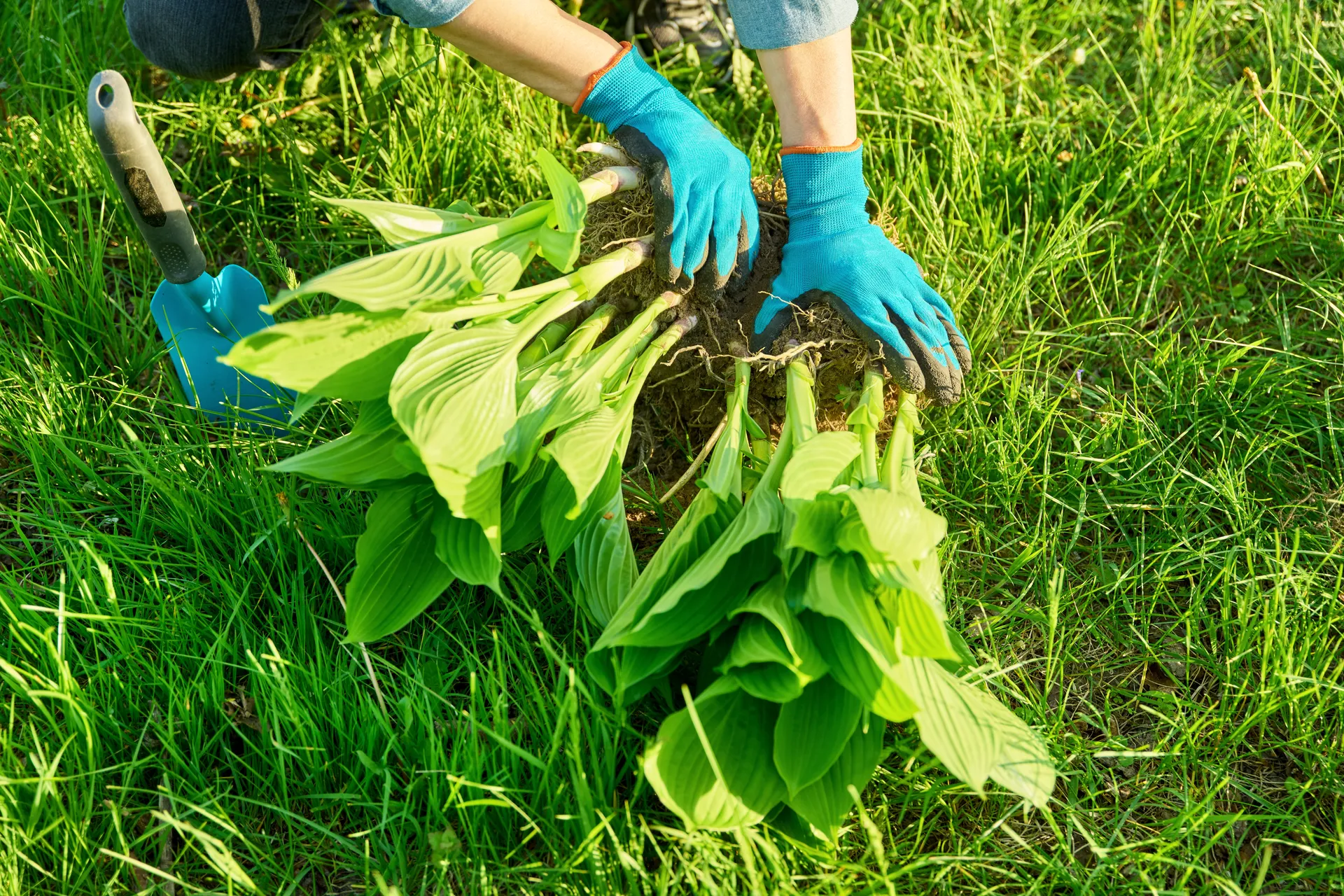
🌿 winter garden to-do list: simple tasks for a thriving patch
Winter might be short, but it’s the perfect time to get your garden in shape for spring. Here’s how to make the most of the cooler weather:
- prune old asparagus ferns, then feed and mulch to prep for next season’s spears
- divide and transplant arrowroot and garlic chives to keep them productive and spreading
- tidy up passionfruit vines by removing dead stems, and give deciduous fruit trees a good prune
- feed, weed and mulch around fruit trees if you haven’t already—it’s their winter wellness boost
- sharpen your tools and build new garden beds while it’s cool, and get vertical supports ready for spring climbers
- sow microgreens for a steady supply of fresh, nutrient-packed leafy greens
💡 These small jobs now will set your garden up for a lush, productive spring!
More info
For more gardening, follow Anne Gibson, The Micro Gardener Website | Facebook | Substack | Pinterest |Instagram | X | YouTube






